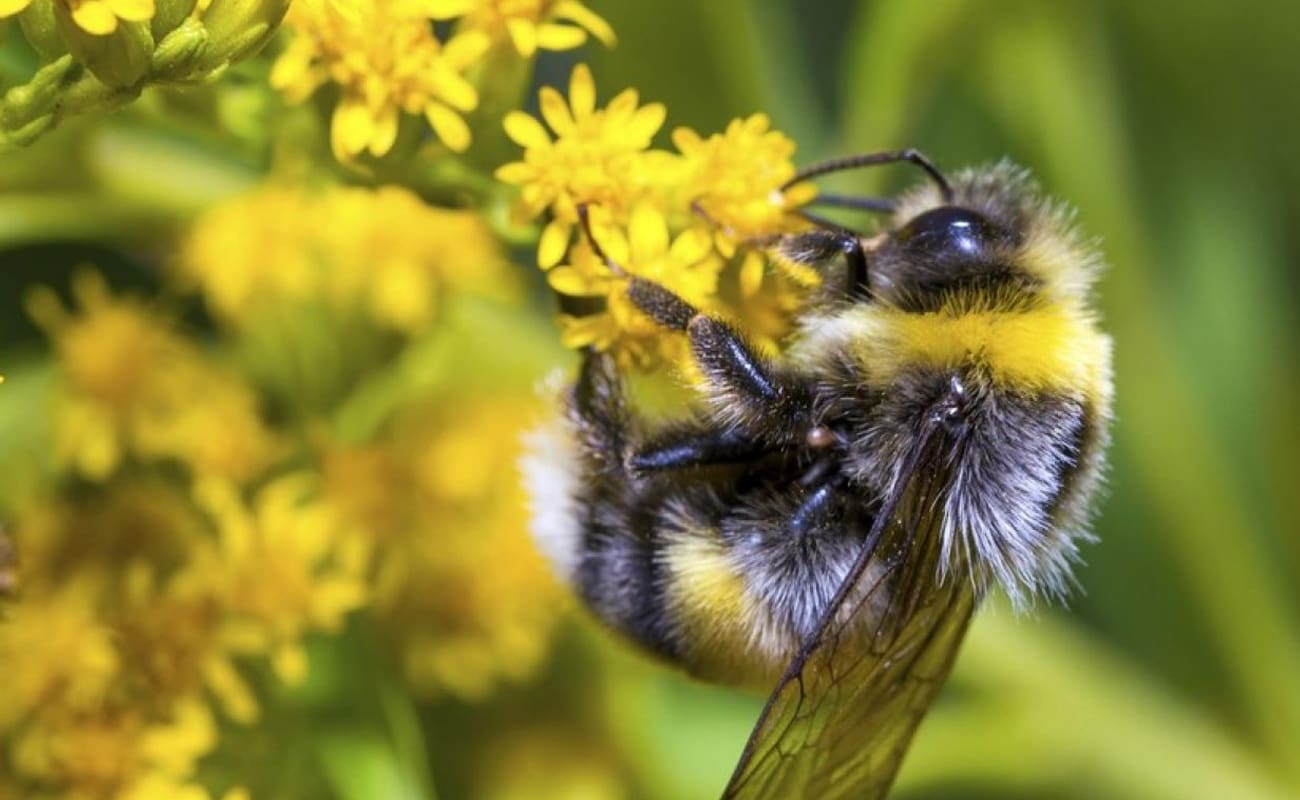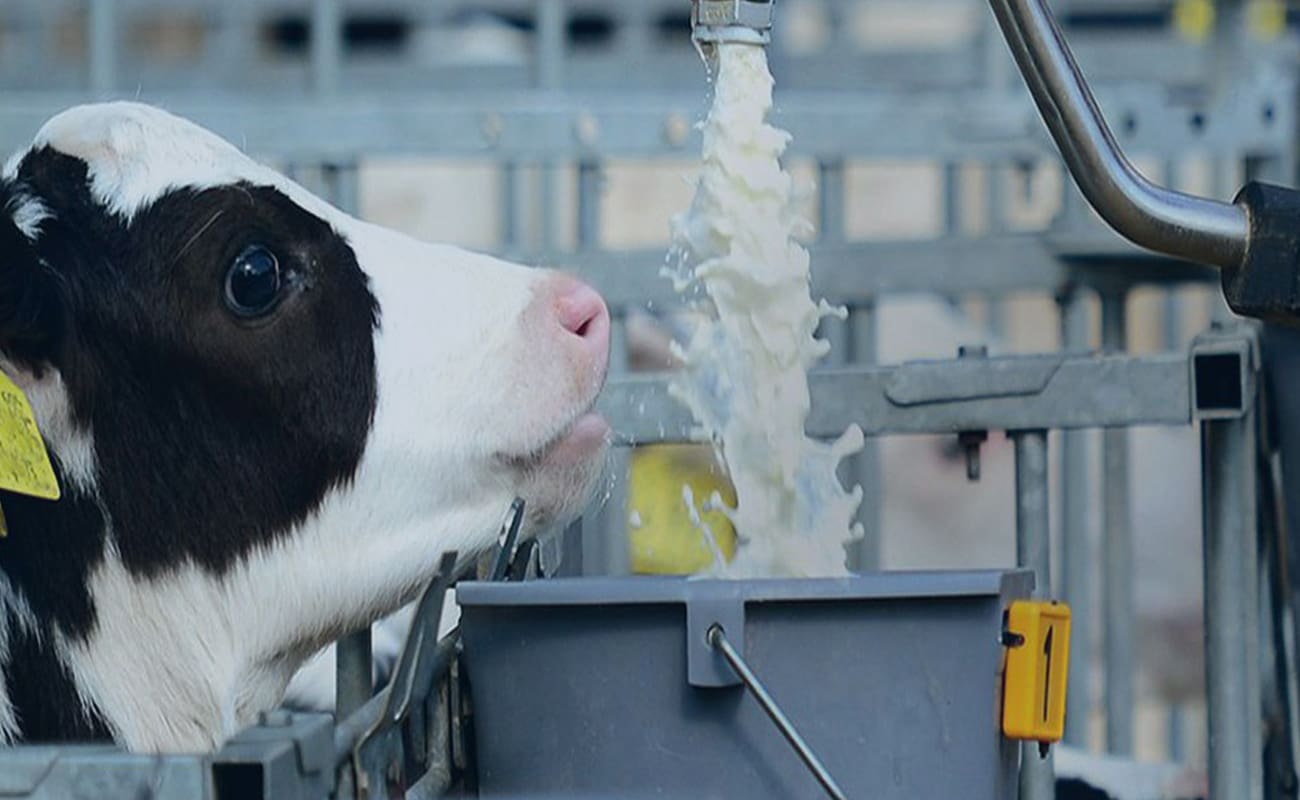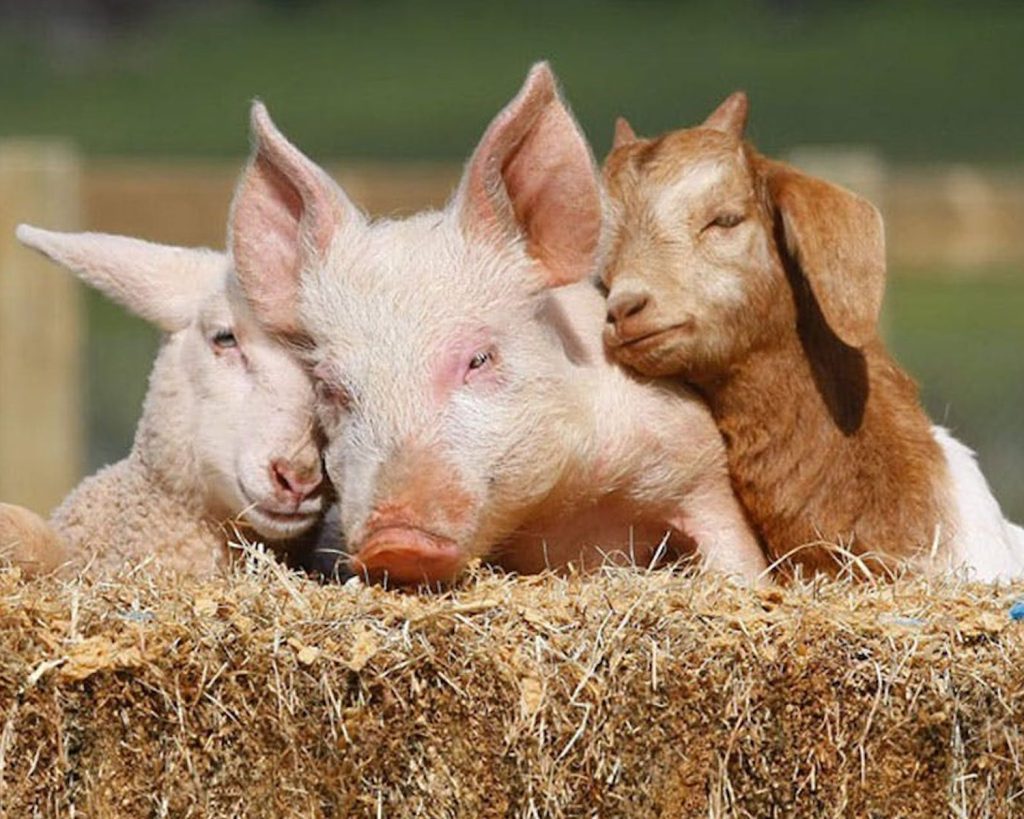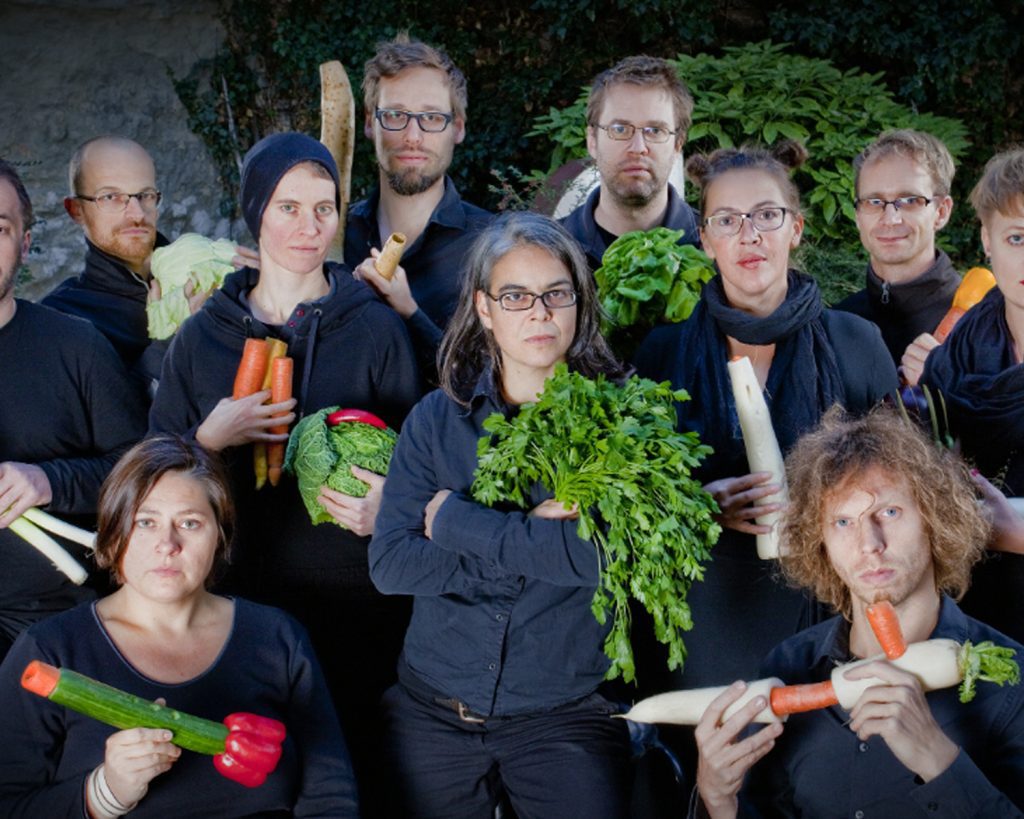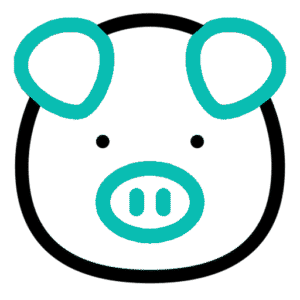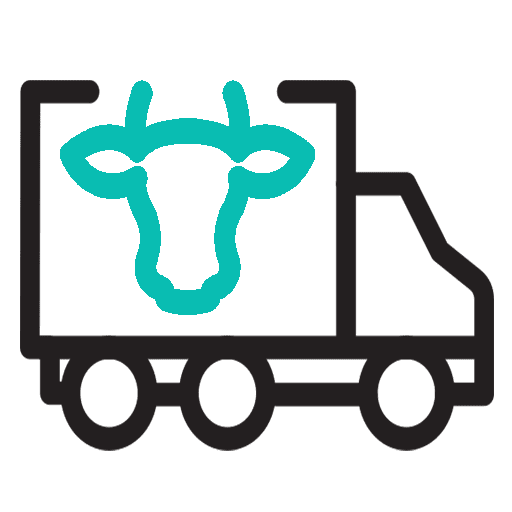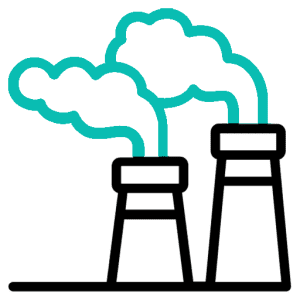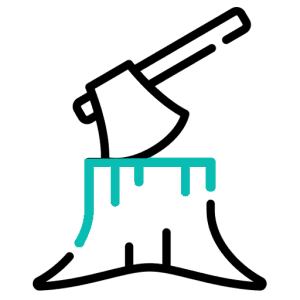Factory Farming reveals the hidden realities of modern animal agriculture—a system built for maximum profit at the expense of animal welfare, environmental health, and ethical responsibility. In this section, we examine how animals like cows, pigs, chickens, fish, and many others are raised in tightly confined, industrialized conditions designed for efficiency, not compassion. From birth to slaughter, these sentient beings are treated as units of production rather than individuals with the capacity to suffer, form bonds, or engage in natural behaviors.
Each subcategory explores the specific ways factory farming impacts different species. We uncover the cruelty behind dairy and veal production, the psychological torment endured by pigs, the brutal conditions of poultry farming, the overlooked suffering of aquatic animals, and the commodification of goats, rabbits, and other farmed animals. Whether through genetic manipulation, overcrowding, mutilations without anesthesia, or rapid growth rates that lead to painful deformities, factory farming prioritizes output over well-being.
By exposing these practices, this section challenges the normalized view of industrial agriculture as necessary or natural. It invites readers to confront the cost of cheap meat, eggs, and dairy—not just in terms of animal suffering, but in relation to environmental damage, public health risks, and moral inconsistency. Factory farming is not just a farming method; it’s a global system that demands urgent scrutiny, reform, and ultimately, transformation toward more ethical and sustainable food systems.
The disappearance of bees has become a global concern in recent years, as their role as pollinators is crucial for the health and stability of our ecosystem. With an estimated one-third of our food supply directly or indirectly dependent on pollination, the decline of bee populations has raised alarm bells about the sustainability of our food system. While there are various factors that contribute to the decline of bees, industrial farming practices have been identified as a major culprit. The use of pesticides and monoculture farming techniques have not only directly harmed bee populations, but also disrupted their natural habitats and food sources. This has resulted in a domino effect, impacting not only the bees but also other species and the overall balance of our environment. As we continue to rely on industrial farming to meet the growing demand for food, it is essential to examine the impact of these …

